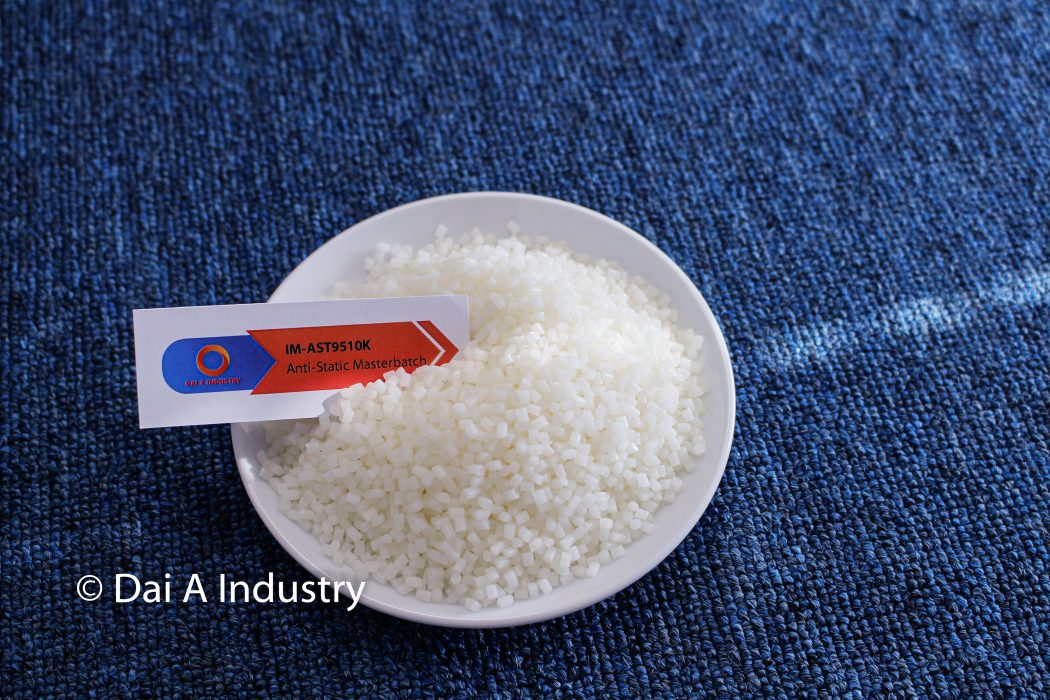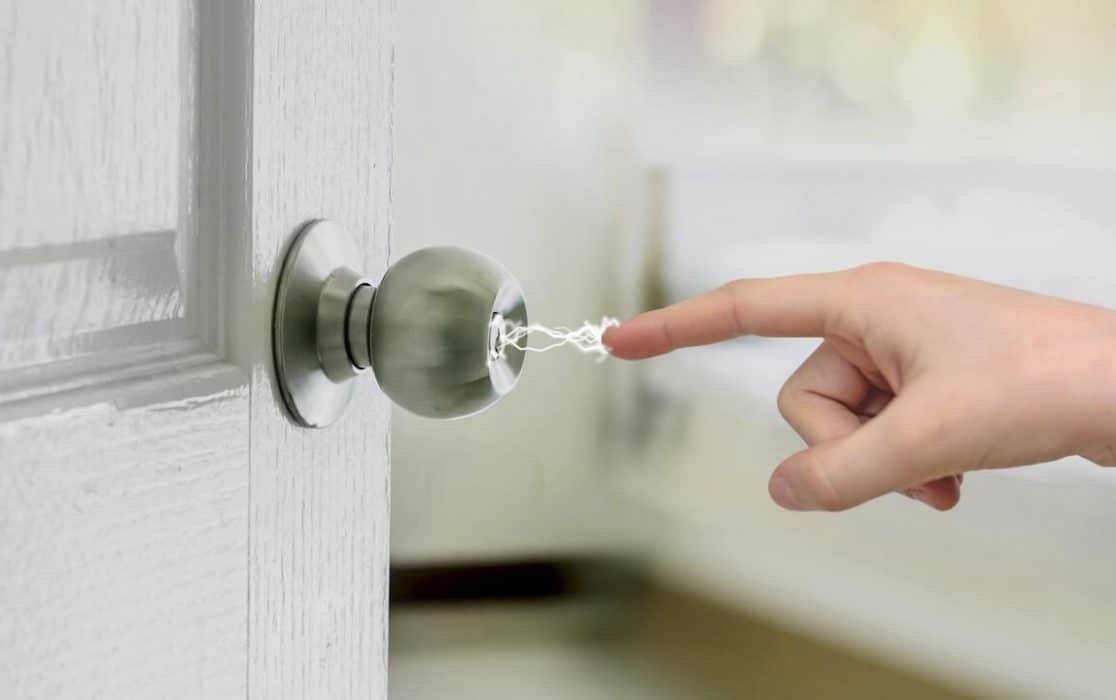Static electricity can harm plastic products in a variety of ways, and plastic manufacturers do whatever they can to eradicate it. In the following article, we will examine antistatic additives, in order to understand how the common yet effective antistatic masterbatch helps prevent the accumulation of static electricity on the surface of plastic products.

To understand antistatic additives, we must first understand static electricity
Every one of us has felt the shock of static electricity. But what is it exactly, and how does it work? Static electricity is a current that builds up in a certain area or material. This build-up occurs due to unbalanced electrical charges. When a certain area is more positively charged than negatively charged (or the other way around), then static is accumulated. When we come in contact with this static, it discharges. This discharge is the shock spark we feel at our fingertips. The bad news is that after the static electricity is discharged, it usually starts to build up again.
Static electricity may seem relatively harmless, but it is very bad news for many plastic products. Static electricity can cause plastic sheets to stick together. The charge can also attract large amounts of dryness and dust. And in worst-case scenarios, the static electricity may be so powerful, that it can generate a spark that may ignite a flame.
The antistatic masterbatch: a tool against plastic static electricity
One of the characteristics that promotes the accumulation of static electricity is low conductivity. Plastics and textiles have low conductivity, which automatically makes them susceptible to static electricity. Therefore, electric charge is a problem that plastic product manufacturers are forced to deal with. This is where the antistatic masterbatch comes in.
Generally speaking, an antistatic is a formula or solution that prevents static electricity from appearing, accumulating or rebuilding over time. In order to fulfill their purpose or become user-friendly, many plastic products must include antistatic properties. This is achieved by mixing antistatic additives into the raw polymer, during the production process, to create an antistatic polymer. The antistatic masterbatch can also be implemented on the product’s external surface, as a surface coating.
Dai A’s antistatic masterbatch operates very effectively. It contains molecules that migrate to the product’s surface, an action which automatically draws airborne water molecules onto the surface as well. This meeting of molecules depletes the electric charge.
Dai A’s antistatic masterbatch is ideal for a wide variety of industries:
+ The automotive industry: antistatic additives prevent the accumulation of dust and static electricity on plastic car interiors and exteriors.
+ The packaging industry: The last thing food manufacturers want is for their shelf-stable products to become charged with static electricity. Dai A’s antistatic additives prevent dust and electric charge, while adhering to food industry standards and regulations.
+ The textile industry: The raw materials used by this industry are static electricity prone. Dai A’s antistatic masterbatch can be incorporated into FIBC bags, shade nets, greenhouse twines and more.

Does antistatic protection change in different humidity conditions?
That is a very good question. Antistatic additives attract moisture molecules from the air, and once they bond, the electrical charge disappears. Therefore, when the air is very dry, and moisture molecules are scarce, then many antistatic additives are less effective.
Dai A’s professional challenge was to create an antistatic masterbatch that fits all air humidity levels, from very moist to very dry. It is a challenge we embraced, as our clients demanded a high-quality solution to this issue. We are proud to say that our additives are very effective in all air moisture conditions.
Are there certain standards, regulations and guidelines for antistatic additives?
Of course. There are many standards and regulations for additive and masterbatch formulation in general, and for antistatic in particular. In addition, every industry has its own standards and regulations, which we must comply with. Here are two common examples.
The first example is food packaging. Antistatic additives are used in packaging for the food industry, which has stringent regulations pertaining to all formulations that come in close contact with food products. The FDA and EU, for example, have issued regulations pertaining to this matter. Dai A’s antistatic fully comply with these regulations.
The second example is polycarbonate (PC) used in electronics. Polycarbonate is a polymer used extensively in the electronics industry, as it has many properties that enhance product lifecycle and performance. That said, many additives that come in contact with PC can cause corrosion. That is why anti-corrosion guidelines and standards pertaining to PC have been issued. Dai A’s non-PC corrosive antistatic additives comply with these standards.
Does Dai A Industry manufacture anti static additives for polypropylene and polyethylene?
Of course. Working extensively with the textile & fabric industry, Dai A formulated anti static additives for bags and nets made from polypropylene raffia. These include PP bags (laminated and non-laminated), Rachel bags, shade nets, greenhouse twines, and FIBC bags.
Dai A also manufactures anti static additives for polyethylene, which is a polymer used to manufacture many plastic films and sheets.
Dai A’s antistatic masterbatch is helping plastic manufacturers from numerous industries produce static electricity-free products. Want more information? Need a consultation? Get in touch today. We will be happy to provide assistance.

